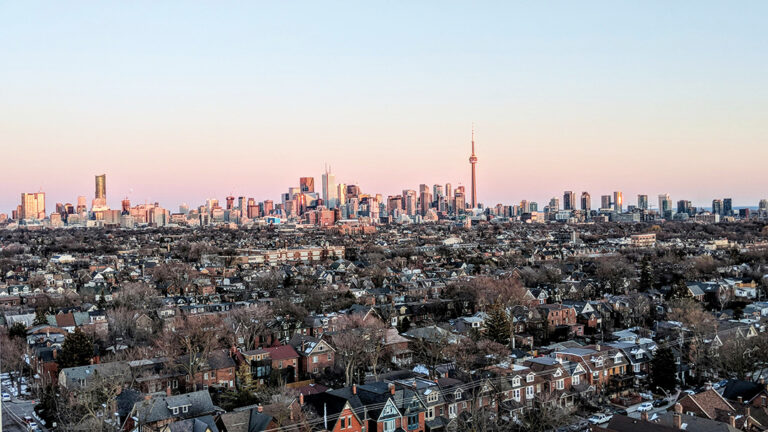“Facilitate, support and champion rural community development through collaboration, research and service provision” is a mission statement that has certainly been met by this Edmonton based non-profit organization.
The second edition of Alberta Rural Development Network’s (ARDN) Step-by-Step Guide to Estimating Rural Homelessness is a tool designed to reveal the hidden realities about housing needs and homelessness. The methodology aims to unravel the complex dimensions between homelessness and housing instability specific to rural areas.
“We’ve seen the power of data collection and conducted one of the largest collections of rural homelessness data, coming out of Alberta with this work”, says Dee Ann Benard, executive director of the ADRN. “We have witnessed many individuals persuaded by the guide’s tangible information on homelessness that more action was needed. In one case, a private donor decided to make a substantial contribution towards a rural community, because of the data collected on homelessness having highlighted the severity of the current situation.”
Lack of data and launch of the Rural Homelessness Estimation Project (RHEP)
The RHEP was a pilot project undertaken to address the critical lack of data on rural homelessness within the province of Alberta and across Canada. While some research exists, the lack of data on rural homelessness makes it difficult to understand its nature, causes, and the actions required to tackle it. In absence of official data on rural homelessness, advocacy becomes more difficult, whether it is to inform decision makers or to obtain resources.
This project gathered data on rural homelessness by administering surveys through local service agencies over a three-month period in fall 2018. The project was funded in part by the Government of Canada’s Homelessness Partnering Strategy, the Calgary Homeless Foundation’s Innovation, Capacity-building, and Enhancement (ICE) grant, and several individual communities that funded their own counts.
Framework and Methodology
A total of 1,771 individuals were surveyed on location by 185 service providers across 20 communities. 62 % of those surveyed declared that they did not have a stable housing situation or were at-risk of losing their home. This is within an area with a total population of 291,531 (StatsCan 2016), indicating a rate of almost 0.37% of homelessness of the total population. Those 1,098 respondents identified 905 children and 994 additional adults as sharing their living situation, bringing the potential number of individuals in the 20 communities without stable housing to 2,997. Though it cannot be guaranteed that those individuals are unstably housed as well, this would push the rate to just over 1.0% of the population.
The survey is based on self-reporting, respondents’ answered questions based on their impression about their current housing situation or whether they could easily lose housing.
https://www.ardn.ca/publications/step-by-step-guide-to-estimating-homelessness
Webinar on the Hidden Reality of Rural Homelessness and the Fall 2020 Homelessness Estimation
For more in-depth understanding on how to use the guide or to find out about the next steps in the upcoming round of rural homelessness estimations, have a look at this webinar, that was originally shared on June 11th 2020: https://www.youtube.com/watch?v=BEk6fDXVj1s&t=3s



